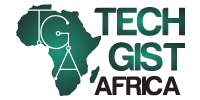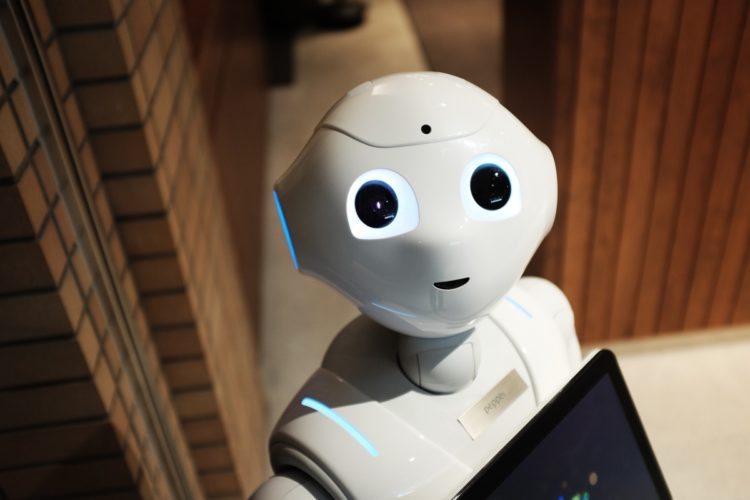The optimal use of water by irrigation has always been closely linked to agricultural developments and successful agriculture. But managing natural water resources efficiently, alongside a standard cost-benefit analysis of technology and infrastructure overheads, is a delicate balancing act.
Precision agriculture and the AI revolution
The importance of reducing water use is of paramount importance, particularly as agriculture is estimated to account for more than 70% of global water usage. With food requirements only will, it is expected that water usage will rise an additional 15 percent to meet this demand.
Technology companies, along with growers, have risen to the challenge of addressing this complex issue through precision farming methods and visibility tools. Artificial intelligence is one area of technology that is making progress towards increasing water efficiency both in the field and in the greenhouse (AI).
Emerging technologies, devices and platforms allow us to gather and utilize important amount of data from various sources: historical patterns of rainfall, aerial imagery, yield records, on-field sensors, etc.
Creating optimal irrigation scheduling and distribution
In exchange, alongside forecast data (from consumer demand to weather), the aggregated data can be analyzed and combined to help us make “intelligent” decisions based on the most reliable forecasts we have ever had access to.
It is important to recognize areas that are overwatered or subwatered. For any farmer or agronomist, a regular activity that can be difficult to measure is to decide the correct amount of water to achieve the optimum yield and quality. Overwatering often brings risks, depending on the type of plant.
For example, over-irrigated cotton crops, instead of the cotton flowers which hold the value of the crop, will lead to the growth of more leaves.
Farmers strive to provide their crops with an optimum irrigation schedule that optimizes yield and quality while keeping costs under control. Evapotranspiration has been a crucial metric for the production of an irrigation system adapted to a plant’s needs. The amount of evaporation from the surface of the ground plus transpiration from plants is represented.
Modern satellite imaging and meteorological forecasts help farmers improve the evaluation of evapotranspiration. However, Internet of Things (IoT) sensor technology breakthroughs help inform far more incisive irrigation decisions by monitoring the behavior of the plants rather than (or in addition to) the soil and the temperature.
Strong AI engines are capable of processing and analysing satellite, plane or drone imagery data streams. Machine learning, and deep learning algorithms in particular, will help us understand image data and recognise patterns that illustrate irrigation problems (as well as other issues such as pests).
When imagery is combined with soil and plant-based sensors, data can provide us with an extremely accurate reading of the irrigation needs in real time – and alert us to potential issues.
Discovering irrigation malfunctions or leaks
Wasting water, especially in areas where it is scarce, is a major headache (and expense) for farmers and food growers all over the world. While technologies such as drip irrigation and sophisticated controlled environments such as soilless greenhouses exist at one end of the spectrum, they involve expensive technologies and systems that are therefore not suitable for extensive agriculture (or lower value crops). One area that can be greatly improved is the discovery of malfunctions, such as leaks to irrigation systems.
It could have taken a private inspection in the past to find a broken piece of equipment or to identify a leak. IoT devices mean that the software itself can notify you when something is inaccurate or questionable – and this is only accessible when the devices are interlinked. In this way, an irrigation sensor is used to detect a discrepancies and link it to a root problem or variable-especially if it is linked to other data points, such as weather data, so that it can rule out other possible causes.
The imagery and AI field analysis collected will provide detailed warnings that define the exact trouble spots, identifying irrigation problems that need urgent attention. This implies that they can fix problems such as pivot-related leaks that are difficult to detect with the naked eye. AI’s power goes beyond highlighting an issue. It offers insights on how an irrigation irregularity can be corrected.
A future of autonomous AI-driven agriculture
Similarly, with the implementation of AI-driven autonomous instruments, agriculture and farming will be redefined within a decade in a way in which the advent of autonomous cars is bound to alter driving as we know it. While the role of AI and predictive analytics today is mainly to inform the decision-making processes of farmers, future machines will be able to work autonomously in a not-so-distant world.
In agriculture, automation technology would not only take crop requirements into account. They would have the “intelligence” to take into account variables such as consistency of yield and energy cost-related financial considerations, as well as other parameters. While an important place to start is irrigation and water use in general, this technology will also become a backbone of other sustainable agriculture processes, including fertilization and crop preservation.
Source: World Economic Forum










